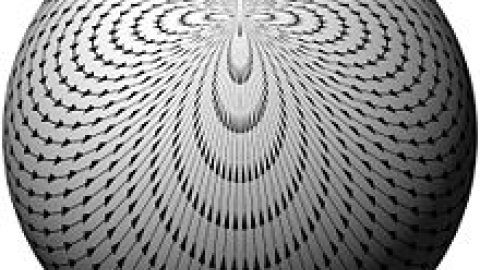11:00
Recent advances in nonlinear potential theory
Abstract
I am going to report on some developments in regularity theory of nonlinear, degenerate equations, with special emphasis on estimates involving linear and nonlinear potentials. I will cover three main cases: degenerate nonlinear equations, systems, non-uniformly elliptic operators.




